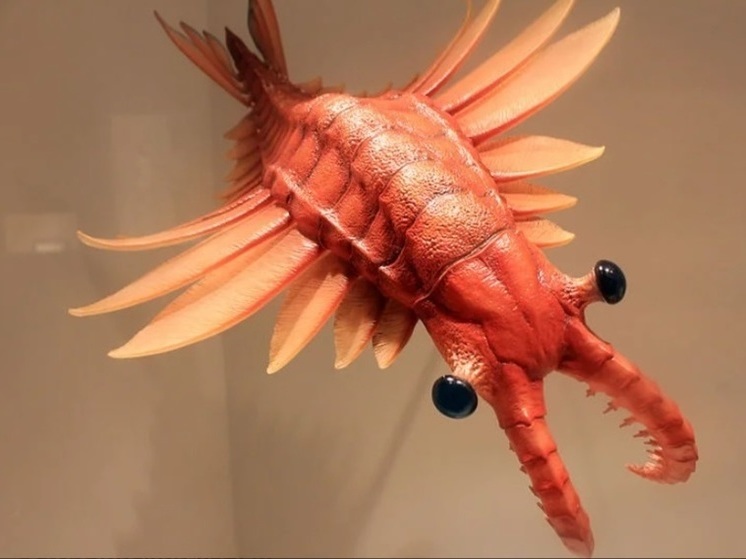Paleontologists: Underwater Creature Prefers Soft Prey
The ancient shrimp-like predator has been misunderstood by the scientific community, according to new research. An ancient shrimp-like creature with appendages growing from its head and an armored mouth was considered by paleontologists to be the quintessential apex predator of its time.

This sea creature, says CNN, earned its fearsome reputation because paleontologists believed it was responsible for scarring and crushing the fossilized skeletons of trilobites, early hard-shelled invertebrates that scampered across the seafloor before becoming extinct in the result of a mass extinction followed by dinosaurs.
Anomalocaris canada 2 feet long (0.6 meters) was one of the largest marine animals that lived 508 million years ago. The underwater hunter plied the seas during the Cambrian period, a critical moment in the history of the planet, when there was an explosion in the diversity of life and many of the main groups of animals living today.
“I didn’t like it because trilobites have a very strong exoskeleton, which they essentially make out of stone, while this animal would be mostly soft,” said lead author Russell Bicknell, a researcher in the Department of Paleontology at the American Museum. natural history, who conducted the study. work while studying at the University of New England in Australia.
Russell Bicknell and colleagues from Germany, China, Switzerland and the United Kingdom have created a new 3D reconstruction of this creature using computer simulations to better understand its biomechanics. The model was based on a well-preserved but flattened fossil found in the Burgess Shale Formation in the Canadian Rockies.
Earlier studies suggested that Anomalocaris mouthparts were unable to process solid food, so Bicknell and his colleagues focused on whether its long, spiny appendages can chew on trilobite prey.
Using modern whip scorpions and whip spiders as analogs, since they have similar appendages that enable them to grasp prey, the research team was able to show that the predator's segmented appendages were capable of grasping prey and could both stretch and bend.
However, the team's analysis showed that the marine animal was weaker than originally thought, and was «unable» to crush hard-shelled prey with two structures, according to a study published Tuesday in the journal Proceedings of the Royal Society B.
It's more likely that the creature that Bicknell described as a cross between a shrimp and a cuttlefish was probably agile and fast, chasing soft prey in well-lit open water rather than chasing hard-shelled creatures on the ocean floor.< /p>
“Previous concepts were that these animals treated the fauna of Burges Shale like a smorgasbord, hunting for whatever they please, but we find that the dynamics of the Cambrian food webs were probably much more complex, than we once thought,” Bicknell said in a statement.

